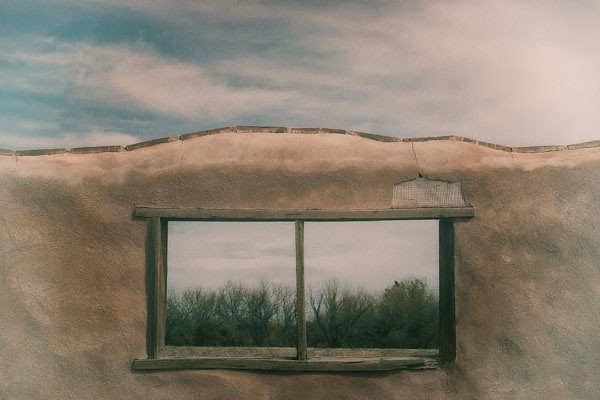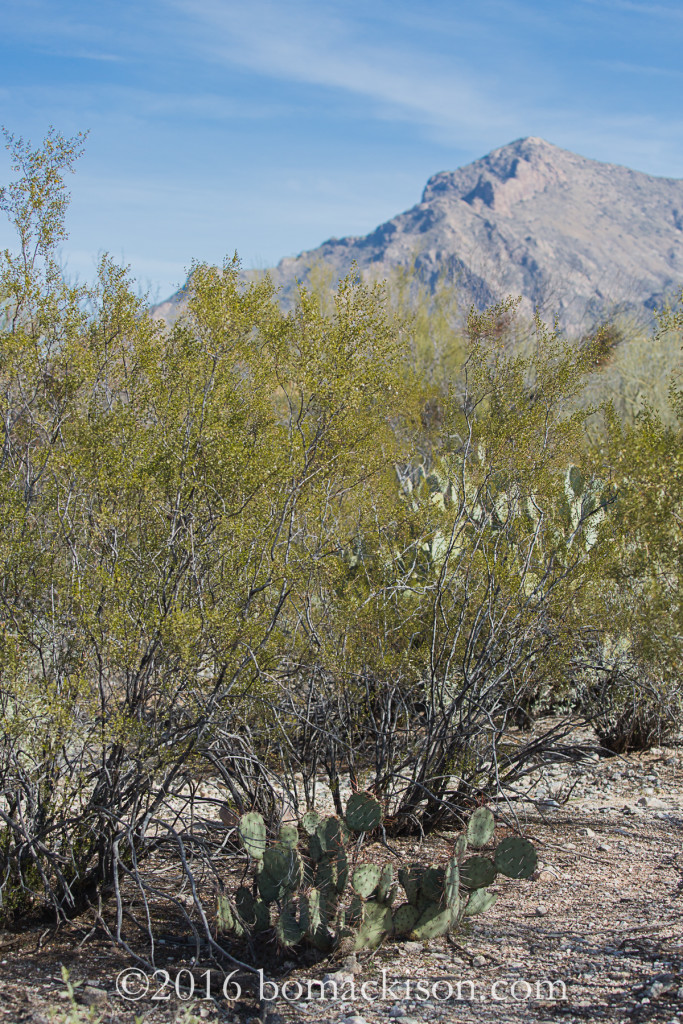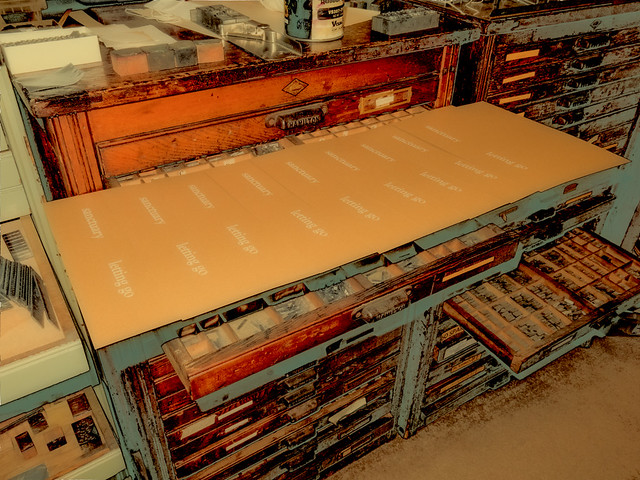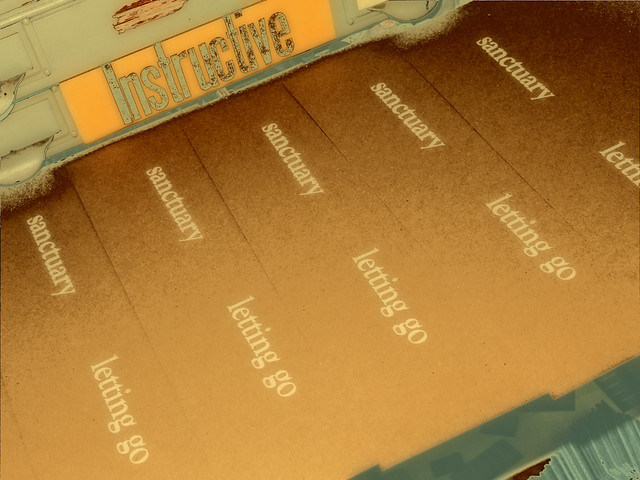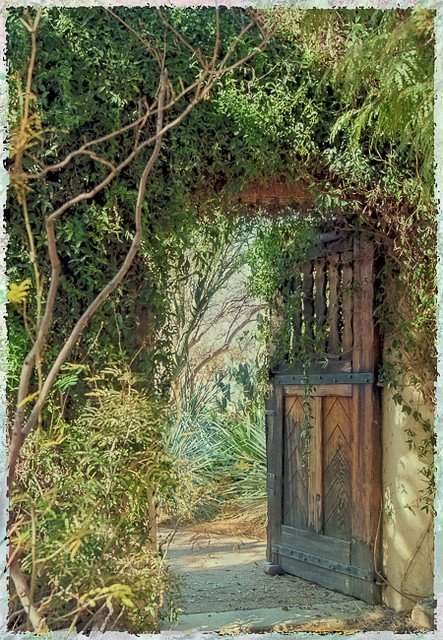Trees are sanctuaries. Whoever knows how to speak to them, whoever knows how to listen to them, can learn the truth. They do not preach learning and precepts, they preach undeterred by particulars, the ancient law of life. ~ Herman Hesse
Trees As Sanctuary
1806, The People Build the Church
They press brick, kiln lime, raise walls, lay roofing,
paint murals, sculpt sacred ornamentation, build niches for the statues of the Saints.
They clear land, build fences, plant corn and wheat,
and from the priests’ cache of pods and seeds, they plant and then they tend
fruit orchards, nut trees, olive groves.
They learn the missionaries’ way.
They marry, raise children, care for their sick, weep for their dying, bury their dead.
1827, Weary, Ill, and Wary of Raiding Enemies
Many of the People wrap statuary in leathery strips of yucca,
bundled saints now cradled like newborn babes
protected from summer’s heat, shifting winds, monsoon storms,
from damage to their wooden limbs or painted robes or eyes of porcelain marbles.
The People walk north, leave the Tumacácori Mountains,
settle in a valley to the North, build another mission, settle in.
1848, Tumacácori Mission, Deserted in the Desert
No missionary priest leads his people crucifix in hand,
his carved cross held high, his silhouette a contrast to this blue bowl of sky.
No one gives signal to the last few of the Desert People
who abandon their homes, possessions, crops;
abandon their church, its stacks of brick adobe
with the limestone wash, white like angels’ wings;
now the church is pale apparition towering midst desert grasses, agave, mesquite
standing in the foreground of the mountains.
2016, A View through the Window
Open to the cool desert nights,
no roof for protection, no doors.
Only ruins remain and ruins they shall remain.
Window remnants frame the cottonwoods, green and tall,
that line the Santa Cruz River.
Spellbound, I walk to the water,
leafy branches arch a roof above my head,
provide spongy leaf-carpet for my weary feet.
Wisps of white cotton fluff, seeds of the future drift on a southwest breeze.
Trees as sanctuary.
~~~~~~~~
Posting a desert-related poem each day in April, National Poetry Month. Updated poems from my blog archives, new poems written as sacred practice, and selected, favorite poems from other poets.
